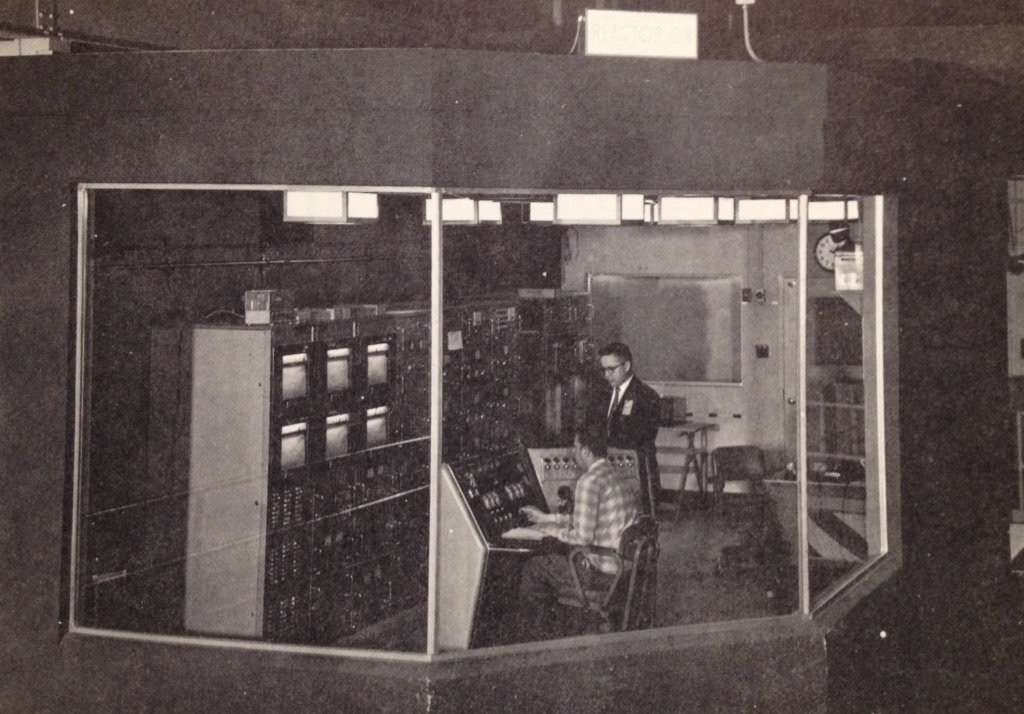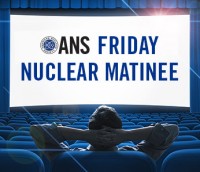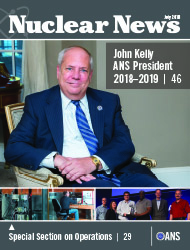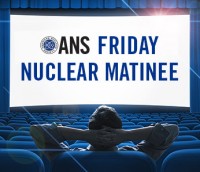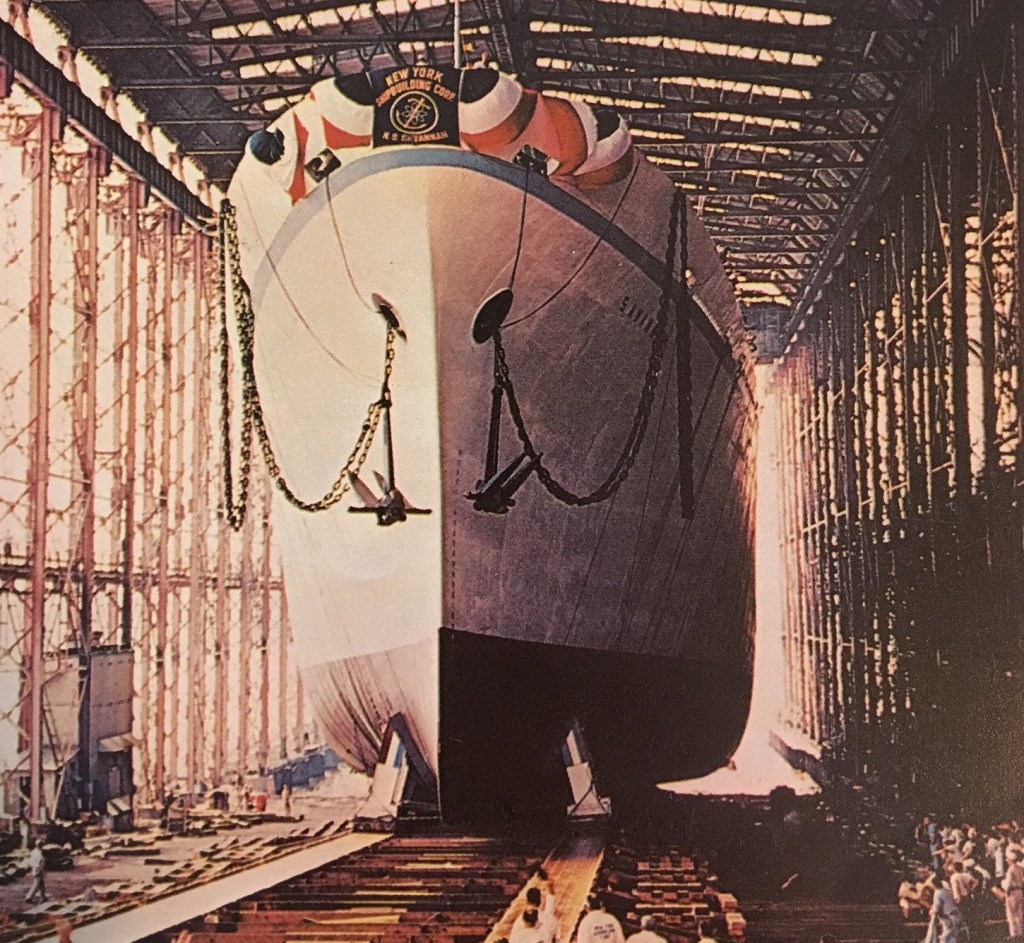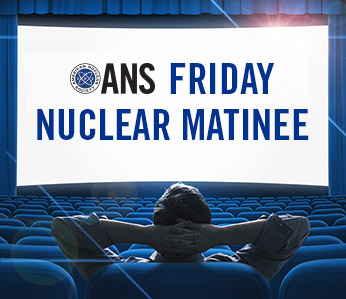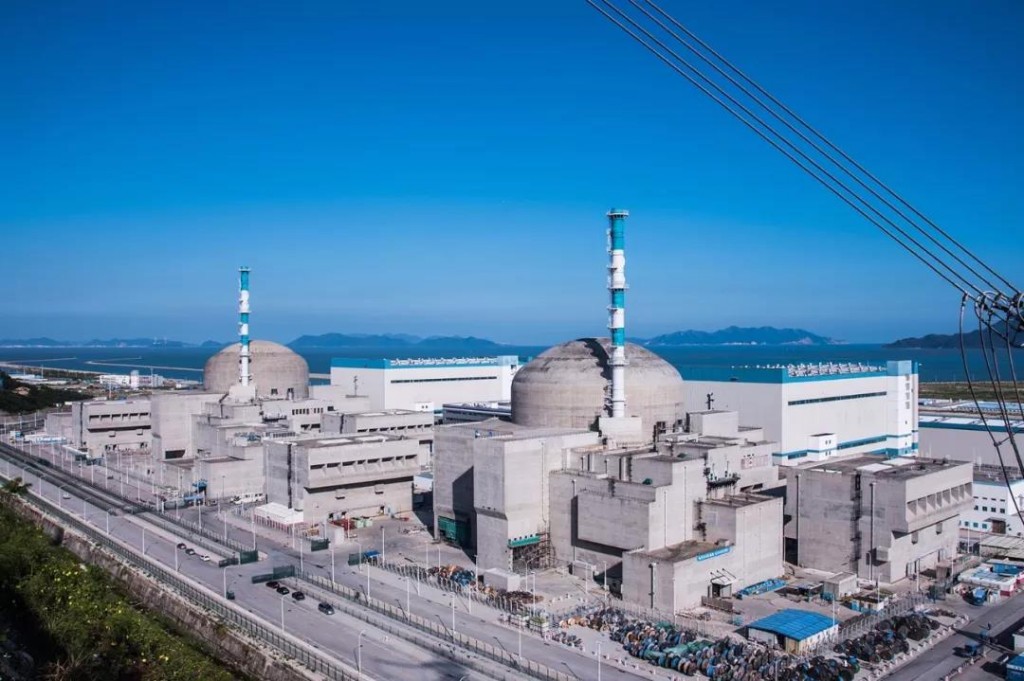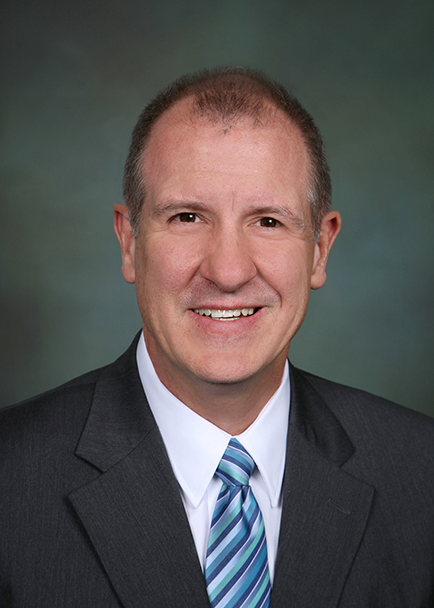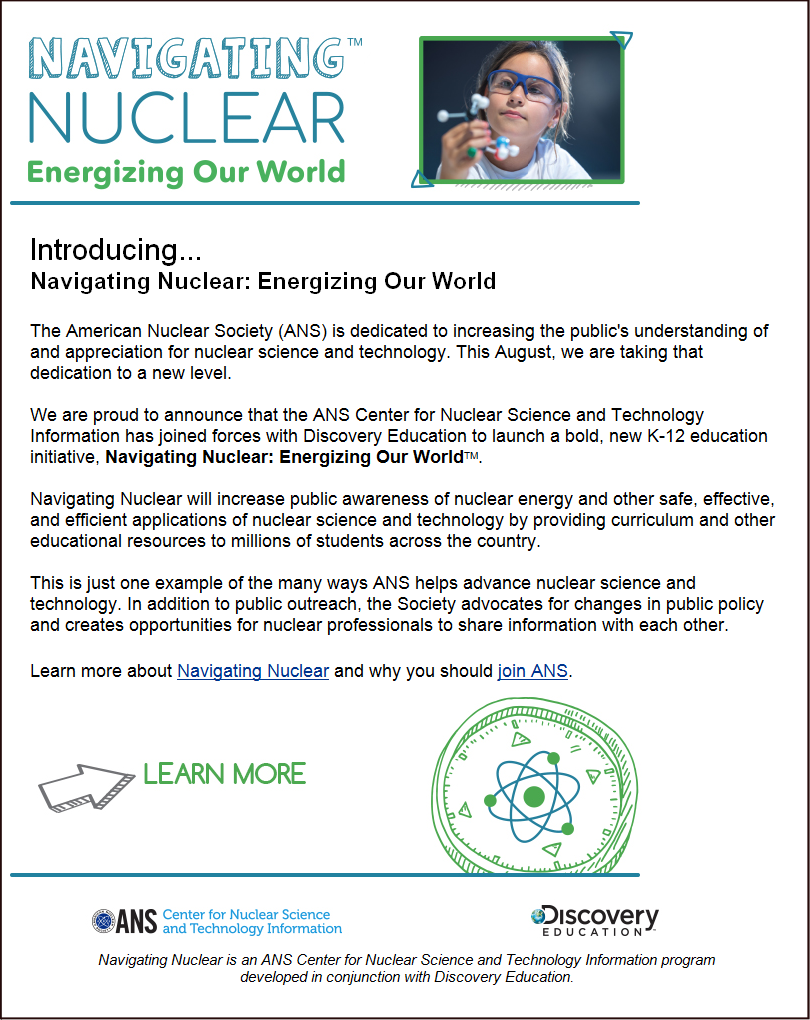Bad Moon Rising: Korea's Antinuclear Policy Leads to Woes
A sharp increase in reporting on KEPCO (the national Korean near-monopoly electric power provider) and KHNP (Korea Hydro and Nuclear Power, the nuclear wing of KEPCO) the last two weeks or so by the Korean press has revealed a drastic reversal in the fortunes of this once-shining figure of Korean progress and success, and further implies ripples that perhaps could turn back an already flagging national economy.



